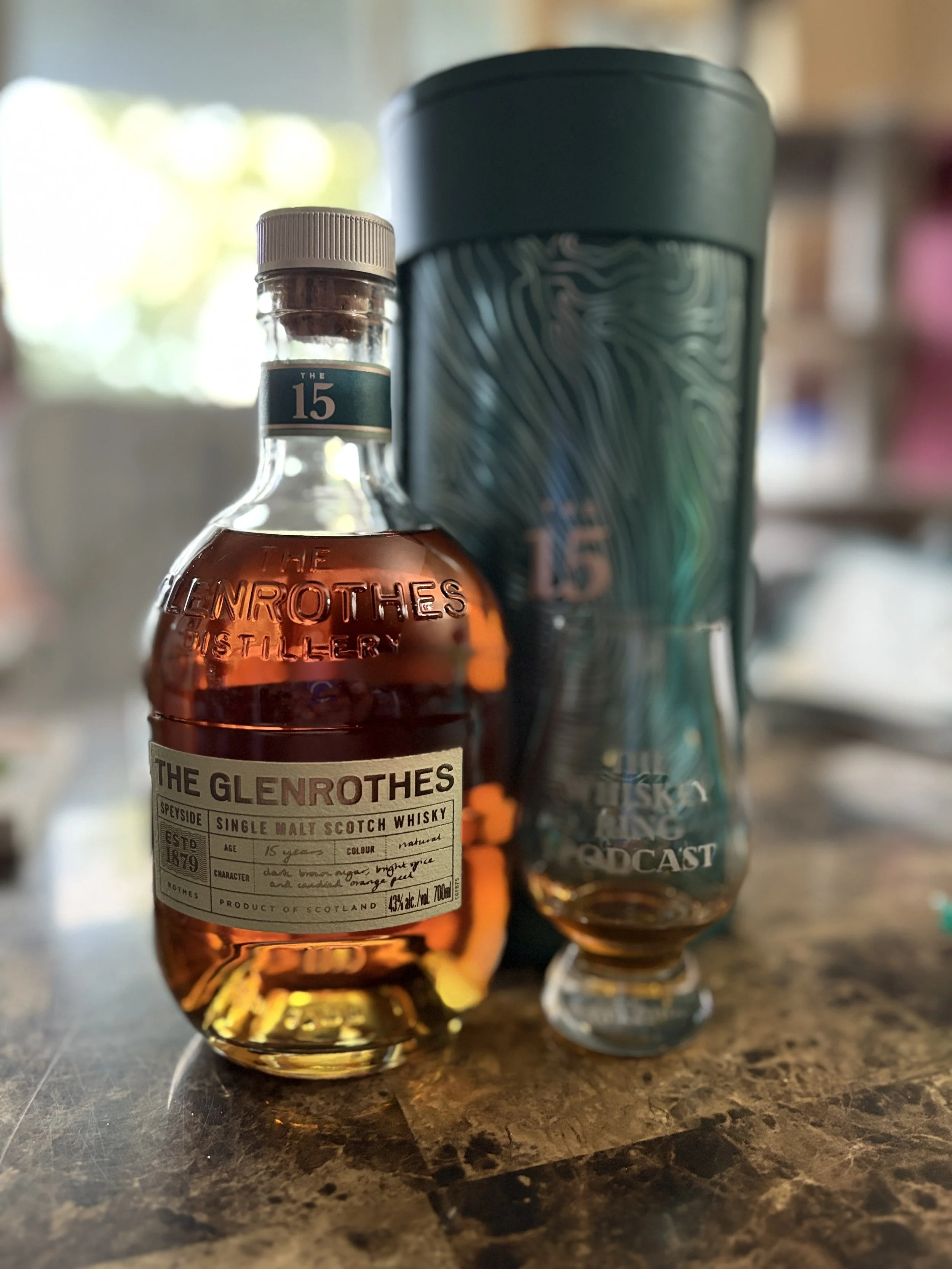Westward Cask Strength American Single Malt Whiskey
American Single Malt is, to put it bluntly, a very mixed bag. Consistency is not the name of the game, as many distillers (most of them young, 10-15 years old at most) are still trying to figure out what exactly the category looks like. Unlike in Scotland or Ireland, there are no standards of identity for American single malt other than the concurrent regulations on what can be called “whiskey” in the States. I’ve tried a bunch at this point, and most feel like a product trying to be something its not: think an American distiller using English barley, a Forsythe or Abercrombie still, double or triple distilling, and otherwise mimicking Scotch and Irish single malts down to the minutiae.
Westward is a different story altogether. Located in Portland, Oregon with a warehouse site just miles away in the Willamette Valley, Westward leans on the strong history of brewing in the Pacific Northwest (PNW) to create a single malt all its own - and having asked Miles Munroe about it, I can confirm that single malt is where they’re staying. No bourbon or rye - they know their lane, like where they are, and want to explore it more.
The Single Malt begins as a drinkable beer, using Sierra Nevada’s yeast strain for extra PNW influence. Brewing is at the core of the PNW drinking scene, and the distillers beer that normally could go either way taste-wise is meant to be drinkable as it is, minus the hops. Think of it this way: if you start with good ingredients and good processes, why would you skimp on as important a step as the wash? Exactly.
I first tried Westward just before COVID hit New York City, in late February 2020. It was the opening of The Flatiron Room as an embassy for Flaviar, and Westward was the main attraction. A small group of us, maybe 25 guests, tasted through their two main products at the time, the Westward Single Malt and the Oregon Stout-Aged Single Malt. We also munched on raw barley to really see the flavor connection, and tasted the new make spirit which, besides being unavailable to the public, smells and tastes so much like Outback bread you could market it as an extract and nobody would be the wiser.
Westward is unique to me in striking a balance between being “American” and also producing a recognizable single malt, combining Scottish tradition with Pacific Northwest ingredients and as many local elements as they can find. The result is a definitively stunning American Single Malt, with elements of the malty sweetness we love from across the pond married with new American oak casks for a bourbon-y nose that invites non-malt-drinkers into the fold.
Full disclosure: a bottle of Westward Cask Strength Single Malt was provided to me at no cost courtesy of Westward to be tasted alongside Mr. Munroe’s appearance on the Whiskey Ring Podcast. While greatly appreciated, reviews are done 100% blind and full editorial control lies with me.
Westward Cask Strength American Single Malt Whiskey: Specs
Classification: American Single Malt Whiskey
Origin: Westward Distillery
Mashbill: 100% Malted Barley
Proof: 125 (62.5% ABV)
Age: NAS
Location: Portland, Oregon
Westward Cask Strength American Single Malt Whiskey Price: $100
Westward Cask Strength American Single Malt Whiskey Review: Tasting Notes
Eye: Orange wood polish. Medium rims and legs.
Nose: Dark chocolate with a dash of nutmeg. Proof is there, but well in check. Smells quite bourbon-y for a single malt. Vanillins, malt sweetness without any graininess. Brioche toasting in butter.
Palate: There’s much more single malt character here, with heat on the front tongue and palate. Lots of dark chocolate, white pepper, minty fruitiness like a cherry dessert with a sprig of mint on top. Mouthfeel is creamy and custardy, highlighting the cinnamon-pepper blend. Heat grows on the tongue as does the chocolate intensity.
Finish: The heat peaks on the tip of my tongue, then ebbs to a slightly marine note, like sea salt dark chocolate. Medium length, slightly oily.
Overall: The nose might lead you towards a bourbon thanks to aging in new American oak casks, then the palate snaps you right back to the single malt. Uniquely PNW-profile single malt with bread and beer influence minus the yeast, lots of white pepper, and dark chocolate. Delicious and a new standard for the category.
Final Rating: 7.8
10 | Insurpassable | Nothing Else Comes Close (Elijah Craig Barrel Proof Old Label Batch 4 or 2, Blanton’s Straight from the Barrel)
9 | Incredible | Extraordinary (GTS, Elijah Craig Barrel Proof B518 and B520)
8 | Excellent | Exceptional (Stagg Jr. Batch 10, Highland Park Single Barrels)
7 | Great | Well above average (Blanton’s Original, Old Weller Antique, Booker’s)
6 | Very Good | Better than average (Four Roses Small Batch Select, Knob Creek 14+ YO Picks)
5 | Good | Good, solid, ordinary (Elijah Craig Small Batch, Buffalo Trace, Old Grand-Dad Bottled-in-Bond)
4 | Sub-par | Many things I’d rather have (A.D. Laws Four Grain, Compass Box “Oak Cross”)
3 | Bad | Flawed (Iron Smoke Bourbon, Balcones)
2 | Poor | Forced myself to drink it (Buckshee Bourbon and Rye)
1 | Disgusting | Drain pour (Virginia Distilling Co. Cider Cask)










